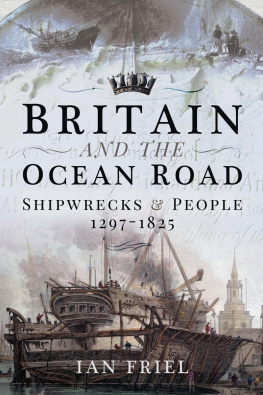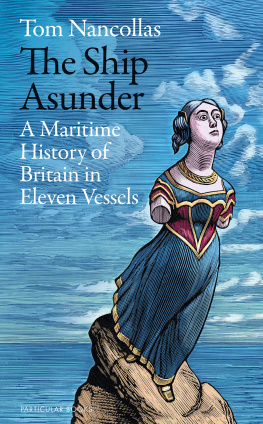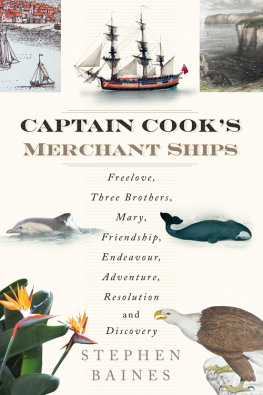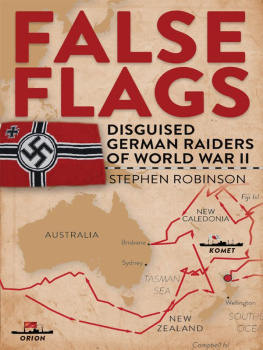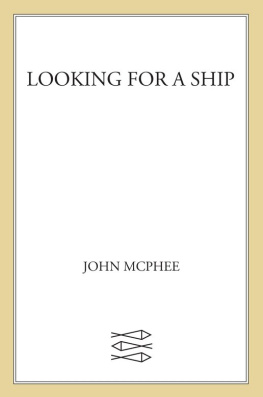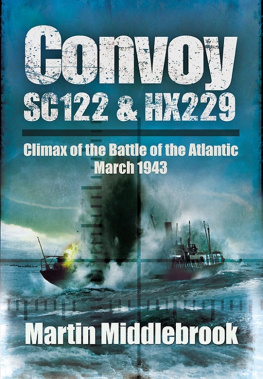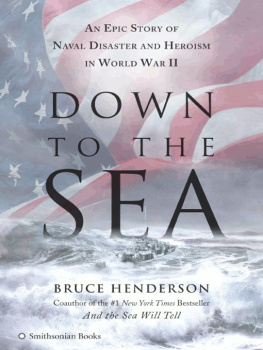BREAKING SEAS, BROKEN SHIPS
Front cover : The rudder of the SS Hoche , a steamship wrecked at Blegberry, north Devon, 1882.
BREAKING SEAS, BROKEN SHIPS
PEOPLE, SHIPWRECKS AND BRITAIN 18542007
IAN FRIEL
First published in Great Britain in 2021 by
PEN AND SWORD HISTORY
An imprint of
Pen & Sword Books Ltd
Yorkshire Philadelphia
Copyright Ian Friel, 2021
ISBN 978 1 52677 150 6
eISBN 978 1 52677 151 3
Mobi ISBN 978 1 52677 152 0
The right of Ian Friel to be identified as Author of this work has been asserted by him in accordance with the Copyright, Designs and Patents Act 1988.
A CIP catalogue record for this book is available from the British Library.
All rights reserved. No part of this book may be reproduced or transmitted in any form or by any means, electronic or mechanical including photocopying, recording or by any information storage and retrieval system, without permission from the Publisher in writing.
Pen & Sword Books Limited incorporates the imprints of Atlas, Archaeology, Aviation, Discovery, Family History, Fiction, History, Maritime, Military, Military Classics, Politics, Select, Transport, True Crime, Air World, Frontline Publishing, Leo Cooper, Remember When, Seaforth Publishing, The Praetorian Press, Wharncliffe Local History, Wharncliffe Transport, Wharncliffe True Crime and White Owl.
For a complete list of Pen & Sword titles please contact
PEN & SWORD BOOKS LIMITED
47 Church Street, Barnsley, South Yorkshire, S70 2AS, England
E-mail:
Website: www.pen-and-sword.co.uk
Or
PEN AND SWORD BOOKS
1950 Lawrence Rd, Havertown, PA 19083, USA
E-mail:
Website: www.penandswordbooks.com
Authors Notes
I would like to thank the following people and institutions for their help: the staff of The National Archives, Kew; the staff of West Sussex Record Office; the staff of West Sussex Libraries and their excellent reserve book collection; the staff of Merseyside Maritime Museum Archive and Library; the staff of the Library of the Institute of Historical Research, London; Alice Walsh, formerly of the National Museum of the Royal Navy, Portsmouth; Anne Cowne, Lloyds Register Foundation; the Senior Archivist, and William Bill, Emma Yan and their colleagues, Archives Services, University of Glasgow; Martin Bellamy, Glasgow Museums Resource Centre; Stephanie Markins, Associate Conservator, Collection Care Department, The National Archives for making the original court-martial papers for HMS Victoria accessible; Bryan Williamson, Mark Reid, Ross Wilson and the late Jim Murray of the www.britishmedals.us site; Sian Phillips and Rob Lloyd of Bridgeman Art Library Ltd for their help with images.
As will be clear from the text, I have been able to benefit from the work of a large number of other scholars, past and present, and I give my thanks to them. Any errors or misunderstandings are my own.
Special thanks are due to: my agent, Donald Winchester of Watson Little, Ltd, for his support and for his faith in this book and its predecessor; my editor at Pen & Sword, Claire Hopkins, who also saw the potential of the work, and that what started out as one book could become two.
As with my previous two books, my daughter, Helen Friel, turned my scribbled draft images into the beautiful maps and diagrams. With this book and its predecessor, my son David Friel provided key IT advice, and helped me through various laptop crises. My wife Lynne Friel proof-read the text, and prevented me from perpetrating purple passages (and too much alliteration). I want to thank Lynne, and Helen and David, for their love, support and forbearance while I have been writing Britain and the Ocean Road , the first book, and this, its sequel, Breaking Seas, Broken Ships .
Image and quotation credits
I would like to thank Jack Sullivan/Alamy, the Archives Services, University of Glasgow, the Imperial War Museum and Bridgeman Art Library Ltd for their kind permission to reproduce some of the images in the text. More detailed information on copyright is given in the individual image captions.
In the case of some of the older photographs, it has not been possible to locate copyright holders, if any still exist, despite my extensive efforts. If a copyrighted image has been inadvertently used without permission, I ask the copyright holders pardon and will make due acknowledgment in any future editions of this book.
Unless otherwise specified, all other images, including maps and line drawings, are the authors copyright.
Quotations from material in The National Archives (TNA) are Crown Copyright, and gratefully acknowledged here. TNA is a resource of international importance, as the sources used in this book show. Much of the newspaper material quoted in this work has come via the indispensable British Newspaper Archive ( www.britishnewspaperarchive.co.uk ), a hugely useful source for historical research.
A note on tonnage measurement
Tonnage measurement is an issue that can drive you round the bend when discussing ships, past and present. Historically, at least seven or eight different types of ship capacity or size measures have existed in the English-speaking world since the Middle Ages. Each measure could be applied to the same hull, produce a mathematically accurate figure, but each result would be different. In order to reduce confusion to manageable levels, I have tried to explain the meanings of the different tonnage calculation methods as they arise in the text.
Introduction
This book is a successor to my Britain and the Ocean Road (Pen & Sword 2020). The first book tracked the story of Britain and the ocean from the Middle Ages to the 1820s, as it grew into the greatest seafaring power the world had ever seen. Breaking Seas, Broken Ships covers the period from Britains imperial zenith to the very different world of the early twenty-first century. As with Britain and the Ocean Road , it uses the accounts of a small number of shipwrecks as waypoints on the journey. However, it is not merely an account of sea power, or sea trade: the more I worked on the book, the more it became clear that it needed to address environmental issues alongside the more conventional concerns of maritime history. This is why the last two chapters have environmental themes at their heart.
This book was completed in the opening weeks of the coronavirus epidemic in Europe. One of the many grim manifestations of the disease across the world was the way it started to spread rapidly through the passengers and crews of various cruise liners, confined as they were aboard ship. Weeks of miserable quarantine followed for many of them, and some people died. It is a reminder that even when the sea is used as playground, as was the case for passengers on the British liner Lancastria in the 1930s (), subsequent events can turn it into a much darker place. We are none of us insulated from history.
Chapter 1
Steam has conquered storms and tides


